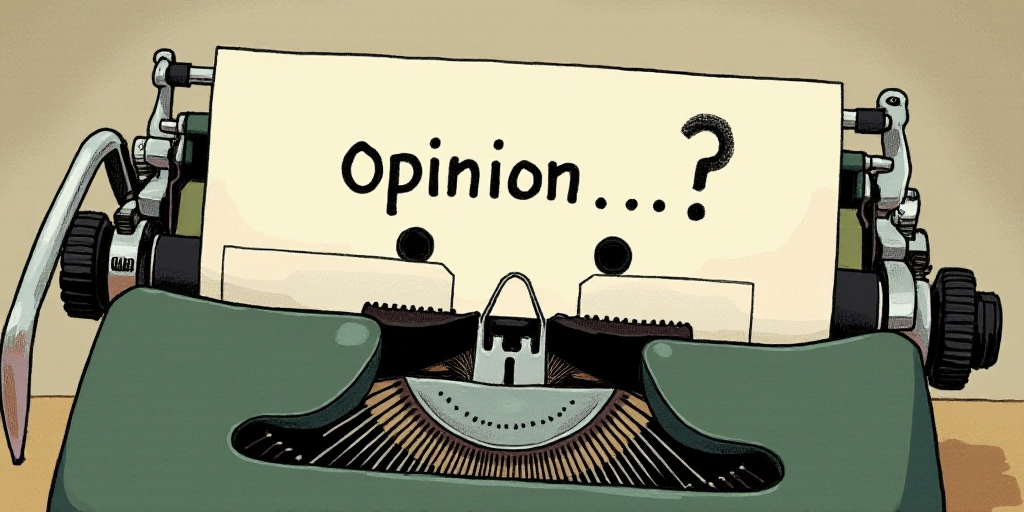Introduction
A recent protest against gentrification in Mexico City has brought the critical issue of housing access to the forefront, not just for the capital but for the entire nation. With approximately 2.2 million housing units serving nearly 9.5 million residents, Mexico City faces a significant demand-supply gap.
Current Housing Situation
Currently, Mexico City has around 2.2 million housing units for a population of nearly 9.5 million people. Only about 25,000 housing units are listed on platforms like Airbnb, representing a mere 0.26% of the housing market. However, the demand for housing remains constant as around 25,000 marriages, 85,000 births, and 150,000 university graduates occur annually in the capital.
The Demand-Supply Imbalance
The primary issue faced by thousands of families seeking housing is the substantial disparity between demand and supply. This imbalance has worsened over recent years.
Historical Context and Opportunities
Mexico City has a history of successful urban revitalization, as seen in iconic neighborhoods like Roma, Condesa, Juárez, and Cuauhtémoc, which were severely impacted by the 1985 earthquake. Developers invested in and transformed damaged buildings into residential areas and job sources, enhancing the city’s quality of life and increasing property values.
Mexico City’s Diverse Urban Fabric
Mexico City has always been a vibrant environment where diverse people, households, and lifestyles coexist, contributing to its richness and appeal. The city government aims to establish Mexico City as a high-value technology production center, attracting professionals and businesses.
Addressing Housing Pressures
Recognizing the economic pressures on urban housing, the Mexico City government, led by Clara Brugada, has initiated a plan to execute 200,000 housing actions during the current administration. Canadevi has joined this initiative and maintains open communication to surpass this goal.
Housing as an Economic Driver
The housing sector significantly contributes to Mexico’s national economy, accounting for 5.3% of the GDP in 2023 according to INEGI data. It generates thousands of direct and indirect jobs in construction and related services.
Key Questions and Answers
- What is the main housing challenge in Mexico City? The primary issue is the significant demand-supply gap, with demand far exceeding available housing units.
- How has Mexico City addressed urban revitalization in the past? Developers have successfully transformed damaged buildings into residential areas and job sources, enhancing the city’s quality of life and increasing property values.
- What is the Mexico City government’s plan to tackle housing pressures? The government aims to execute 200,000 housing actions during the current administration, promoting diverse and affordable housing options in consolidated urban areas.
- How does the housing sector impact Mexico’s economy? The housing sector contributes 5.3% to Mexico’s GDP and generates thousands of jobs in construction and related services.






